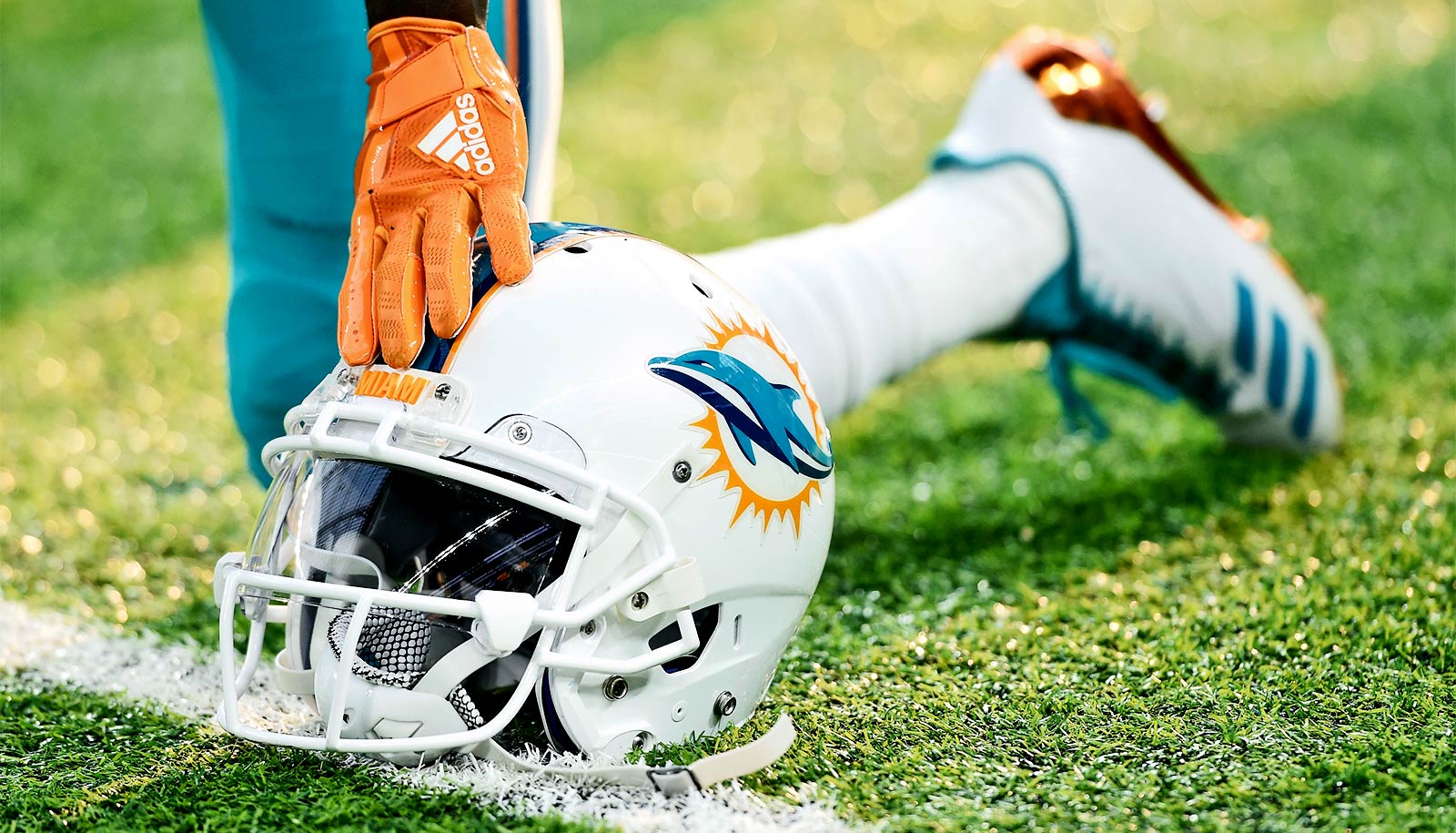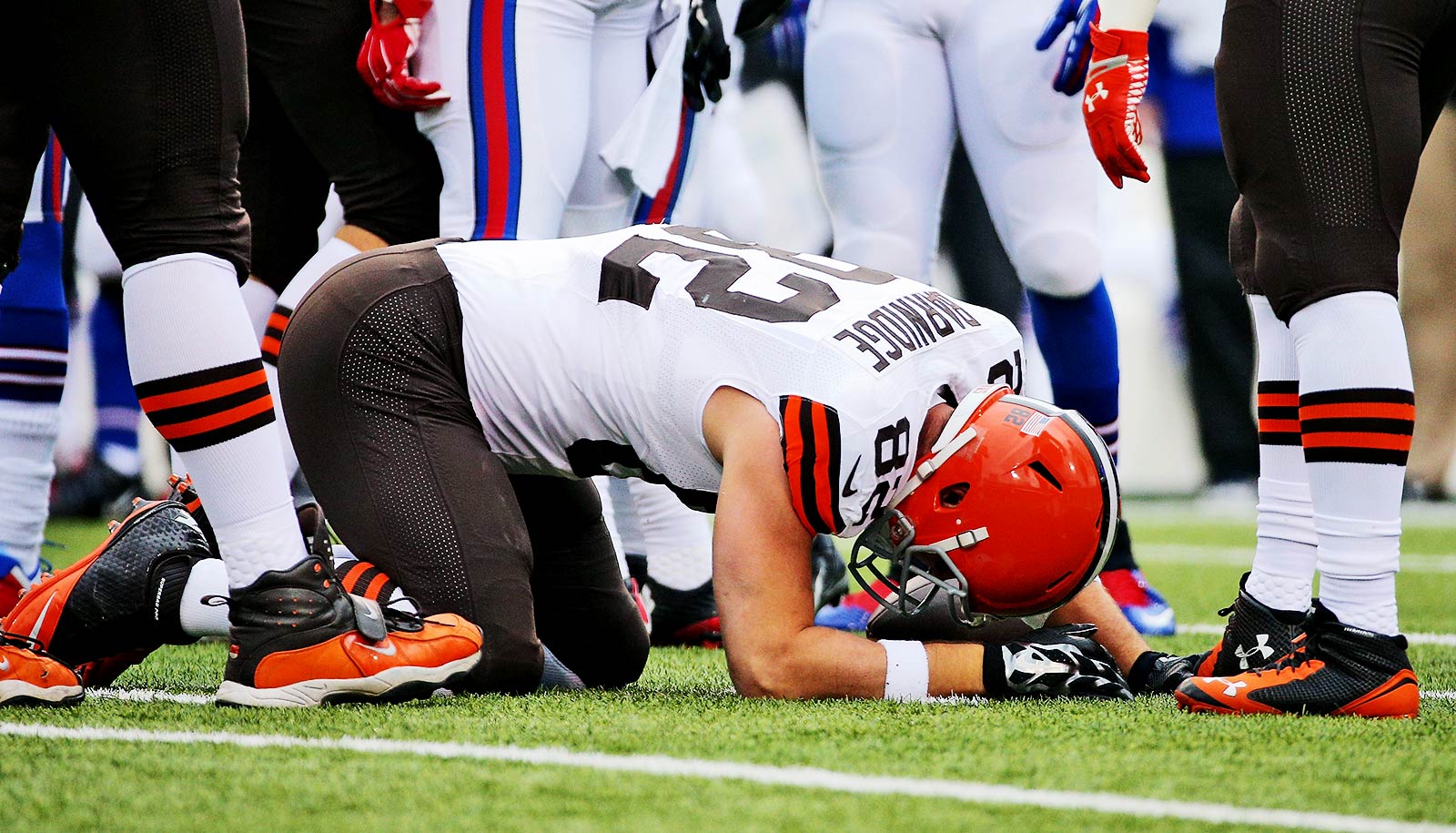A new study finds longer ice hockey careers increase the risk of chronic traumatic encephalopathy, also known as CTE.
In the largest study of its kind, researchers found that the odds of having CTE, a neurodegenerative disease caused by repeated hits to the head, increased by 34% for each year of hockey played.
The study of 77 deceased male ice hockey players, which appears in JAMA, also found that 18 of 19 National Hockey League players whose brains were studied had CTE.
While CTE is most associated with football, the study shows that its impact extends to other games where violent collisions between athletes are regular occurrences. The study focused on male hockey players because, in women’s hockey, intentional checking is forbidden, making forceful collisions far less frequent.
“Ice hockey players with longer careers not only were more likely to have CTE, but they also had more severe disease,” says corresponding author Jesse Mez, codirector of clinical research at the Boston University Chronic Traumatic Encephalopathy (CTE) Center and associate professor of neurology at the BU Chobanian & Avedisian School of Medicine.
“We hope this data will help inspire changes to make the game safer, as well as help former ice hockey players impacted by CTE get the care they need.”
Mez says that ice hockey players skate quickly, and that checking leads to hard impacts with other players, with the ice, with the boards surrounding the rink, and with the protective glass that rests on top of the boards.
“We think years of play is a proxy for these impacts that are harder to measure directly, but are likely what are leading to the disease,” he says.
The researchers studied male brain donors who had been amateur and professional ice hockey players, in order to look for relationships between the duration of ice hockey play and CTE diagnosis and severity. They found that 27 of 28 professional players had CTE pathology (18 of 19 were NHL players and 9 others were non-NHL professional players). And they found that 46% of college, junior league, and semiprofessional players (13 of 28) and 10% of youth and high school players (2 of 21) had CTE pathology.
Because of the high percentages the study reported, the researchers stressed “that the frequencies of CTE reported in this study should not be construed as the prevalence of CTE in the target population since families whose loved ones are symptomatic are more likely to donate their brains.”
In men’s professional hockey, where fighting is often viewed as important to the sport’s popularity, the assumption that the most aggressive fighters, or enforcers, would be the ones most likely to suffer from repetitive head trauma is inaccurate, the researchers say.
“While many perceive CTE risk as limited to enforcers, this study makes it clear that all male ice hockey players are at risk,” the CTE Center says in announcing its findings.
Among enforcers, they found 18 of 22 had CTE, but they says the difference between enforcers and nonenforcers was not statistically significant after accounting for years of play.
“Enforcers have dominated the CTE conversation, but our findings provide the most evidence for the cumulative amount of play as the predominant risk factor for CTE,” Mez says.
Aguilar says the research is important because the frequency and types of head impacts and concussions that occur in football are different than those that occur in hockey.
“It’s good to see more hockey-specific research,” Aguilar says. “It could inform league rules and changes to helmets and recommendations…. As we are learning more and more, it certainly guides behavior and equipment.”
Funding for the study came from the National Institute of Neurological Disorders and Stroke; National Institute on Aging; National Heart, Lung and Blood Institute; Department of Veterans Affairs; Department of Defense; the Alzheimer’s Association; the National Operating Committee on Standards for Athletic Equipment; the Nick & Lynn Buoniconti Foundation; the Concussion Legacy Foundation; the Andlinger Foundation; and the WWE and the NFL.
Source: Doug Most for Boston University



